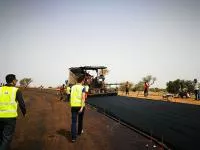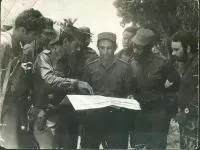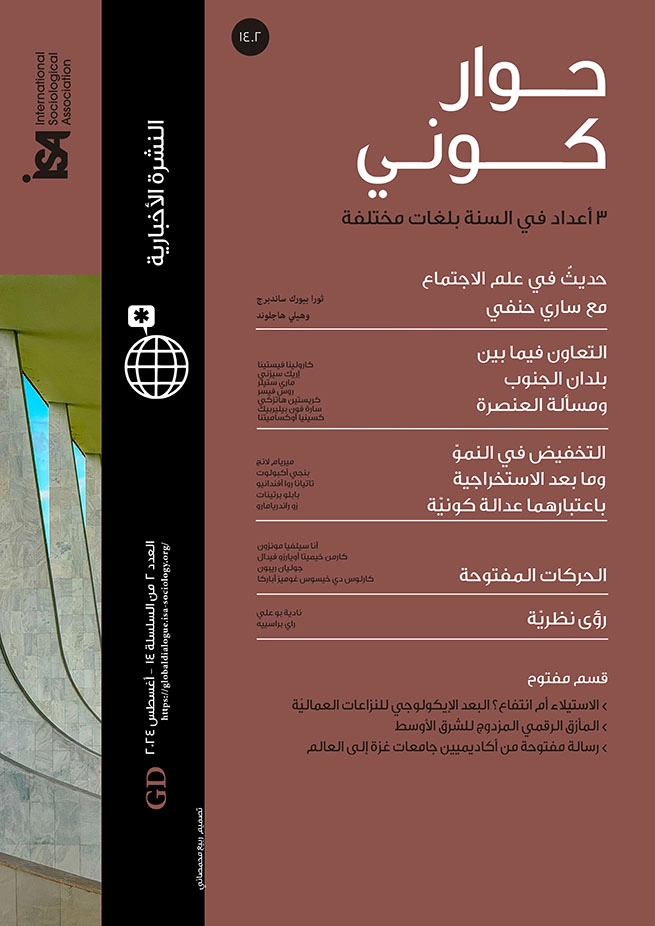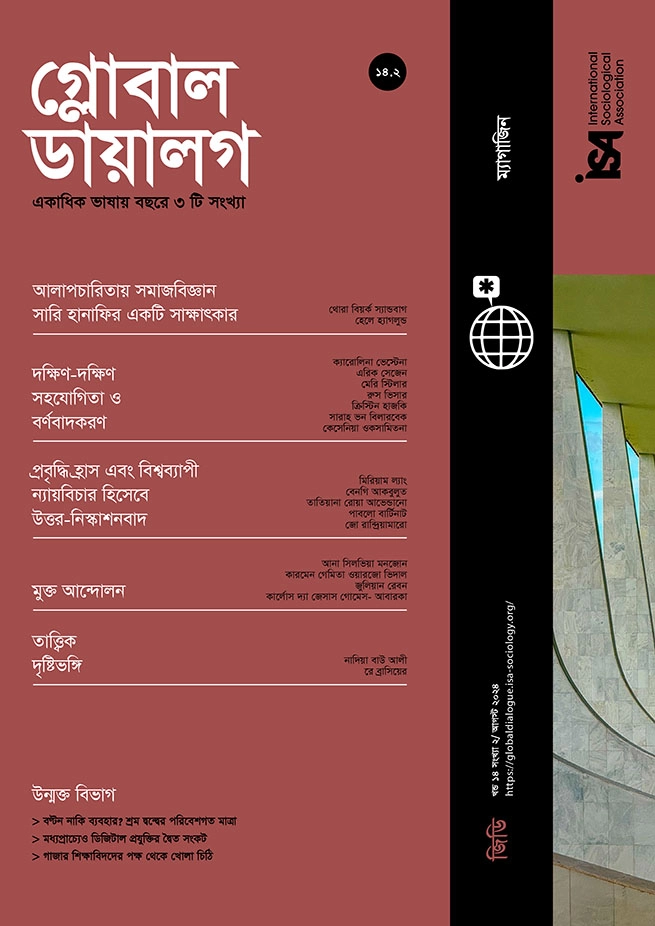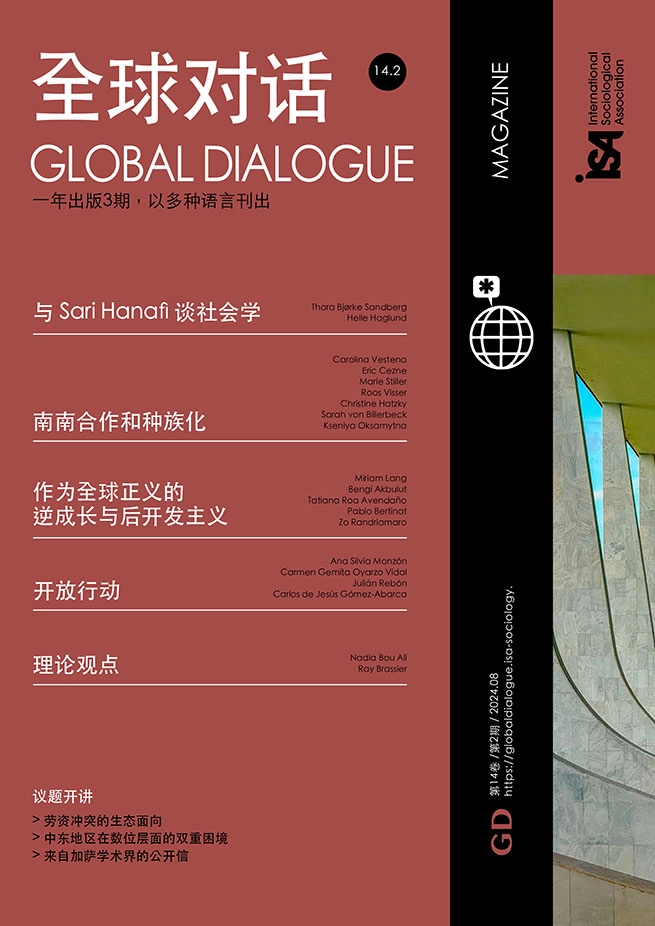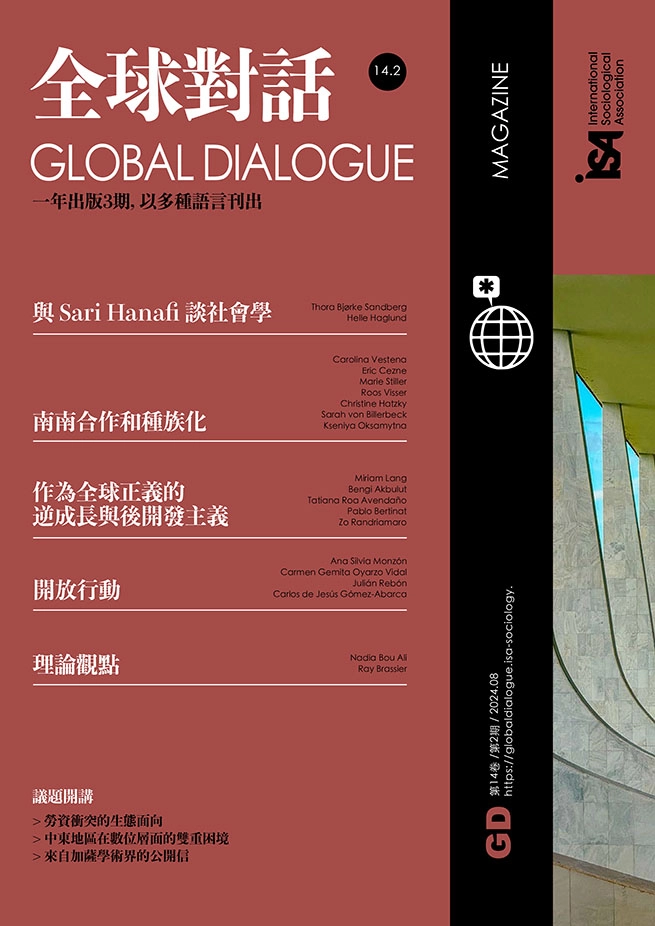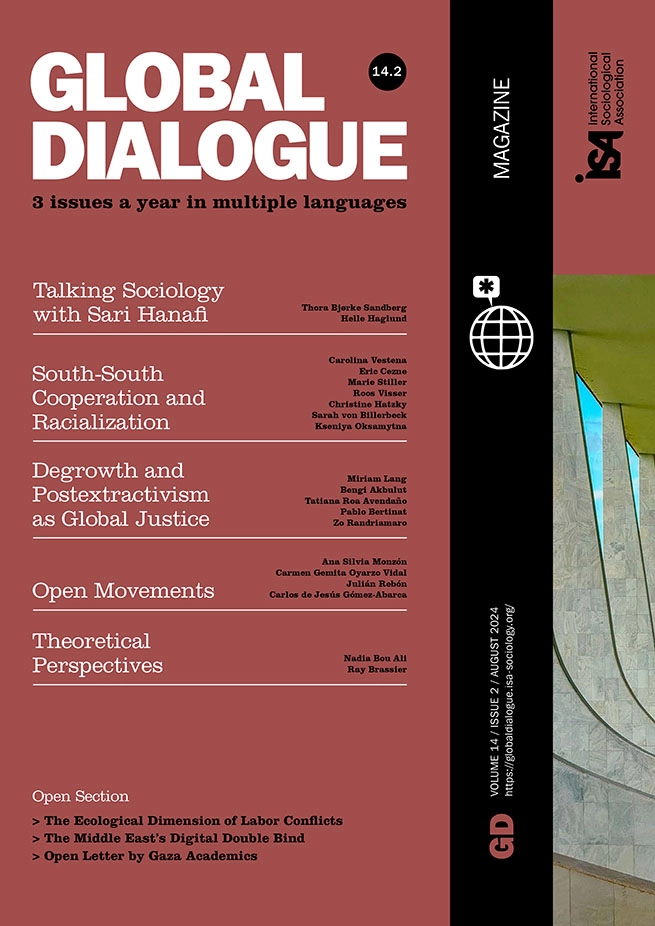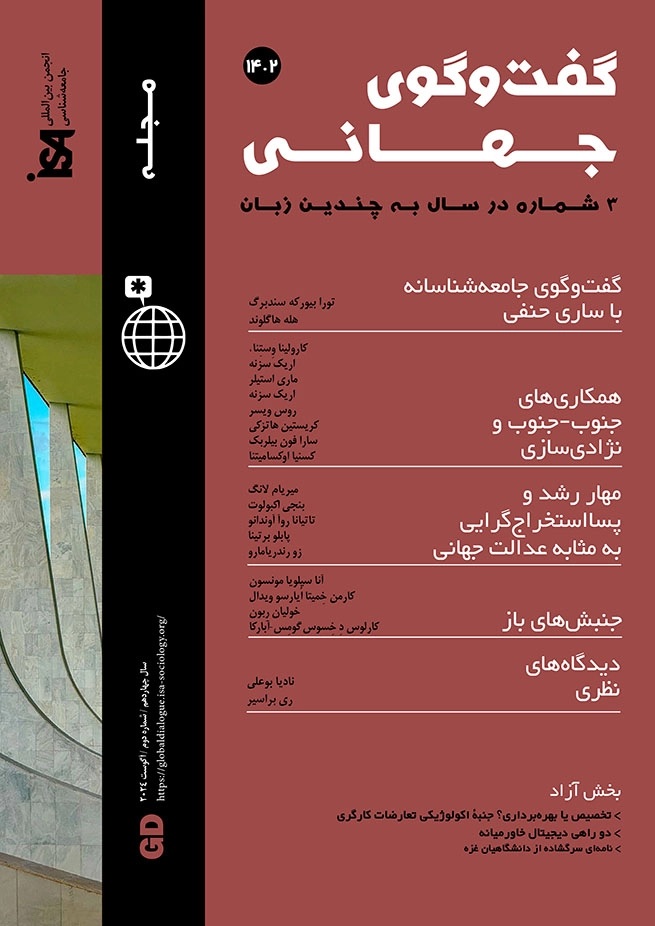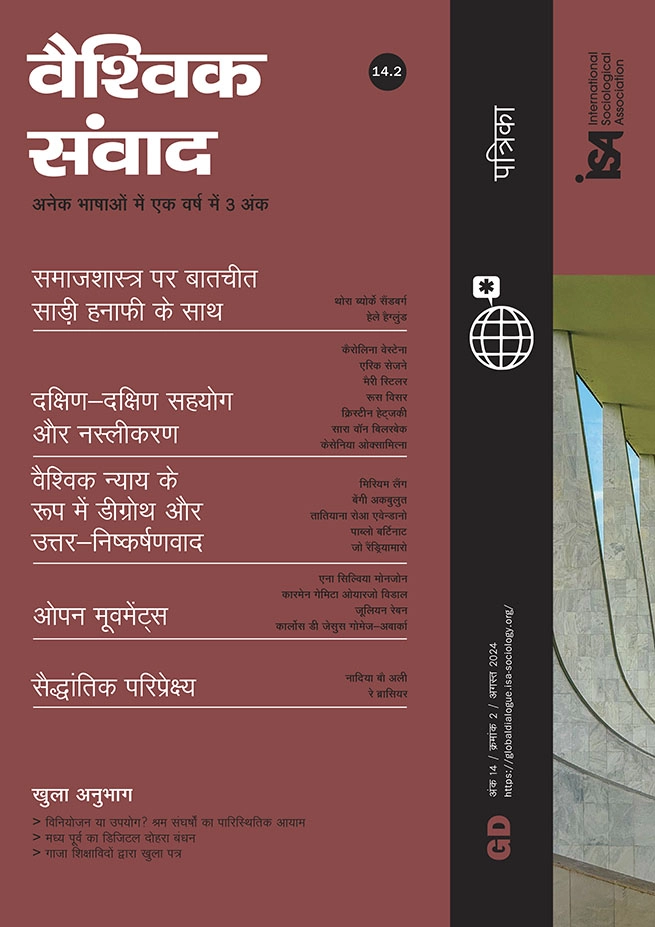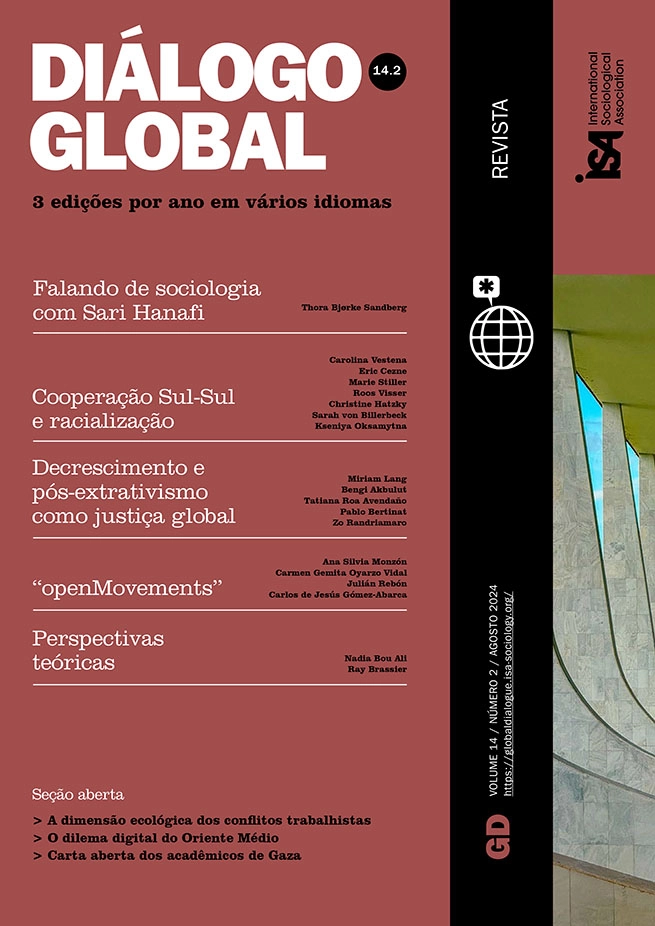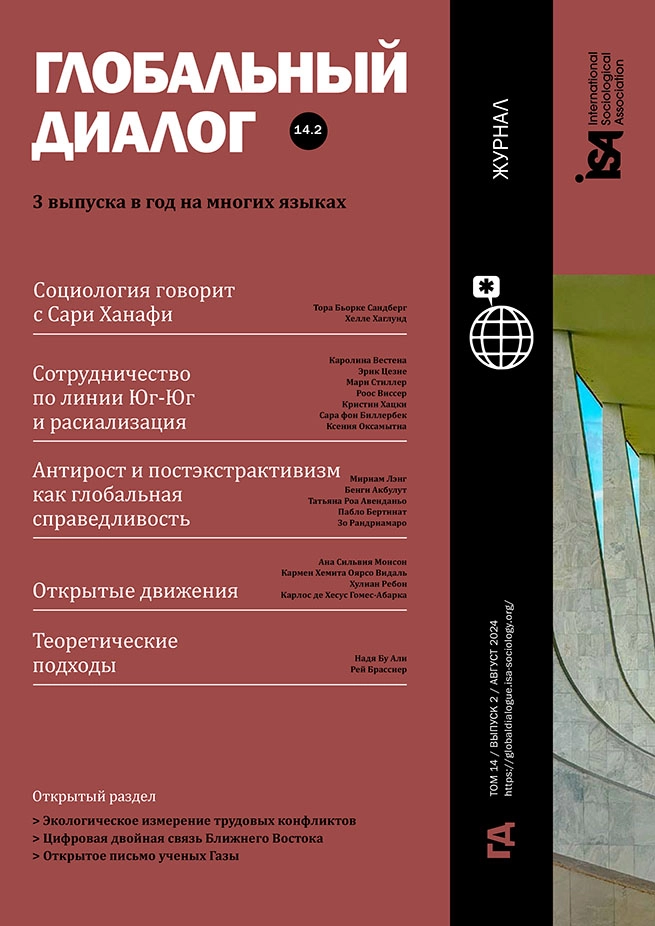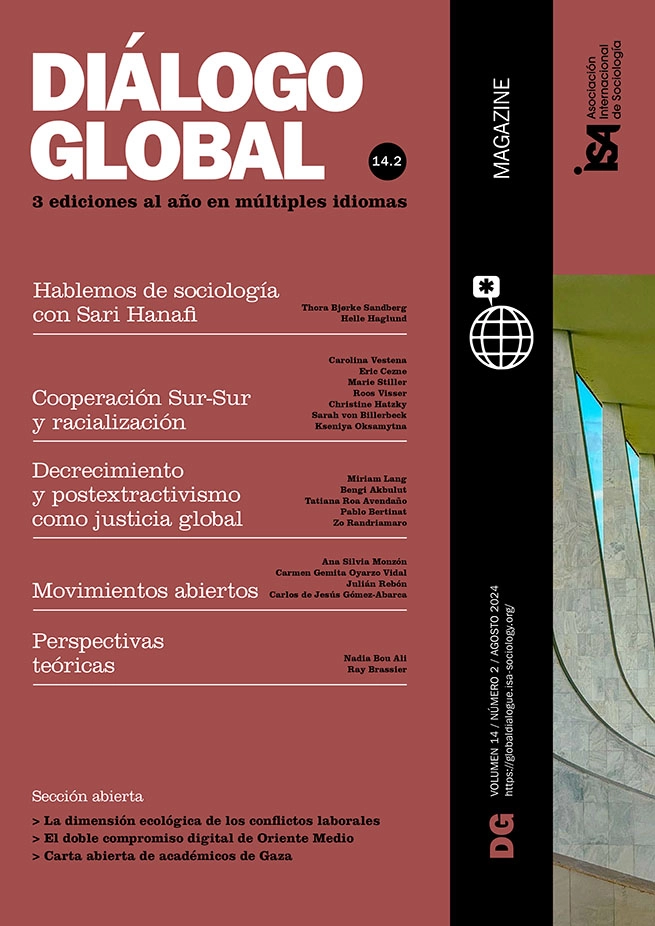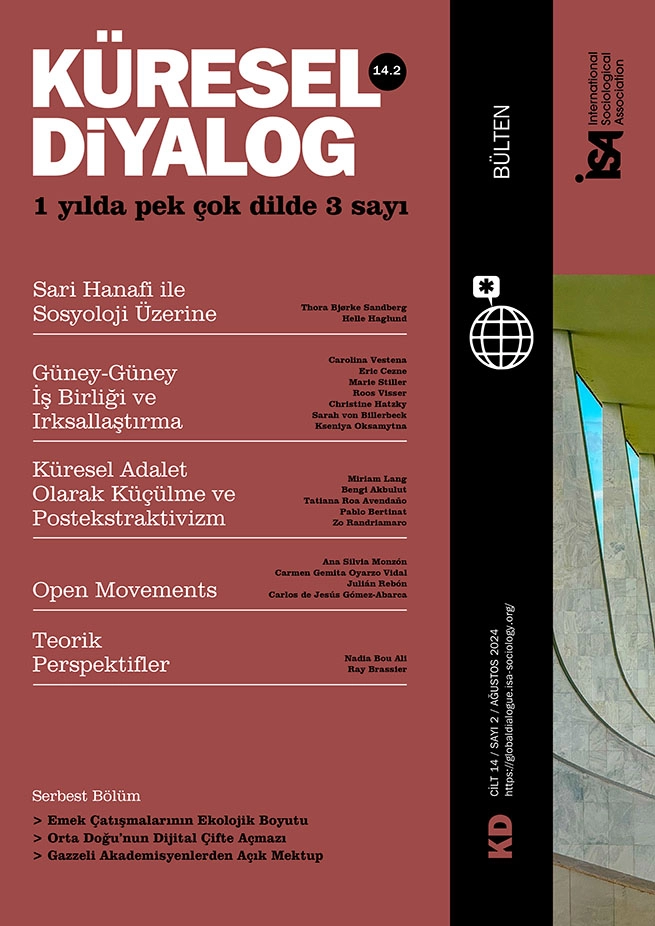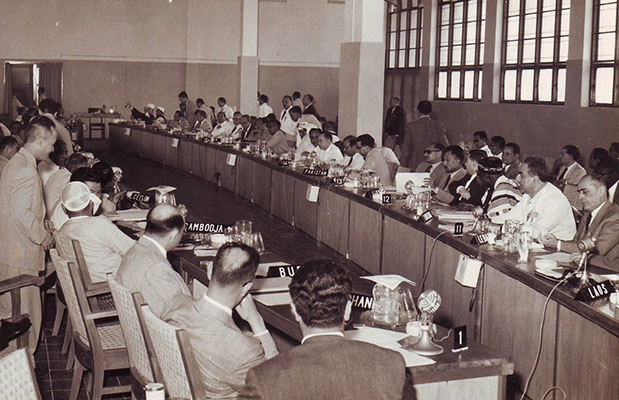South-South cooperation (SSC) is a key dynamic in the international order. Historical examples include the Bandung Conference, the Non-Aligned Movement, and Pan-Africanism, which emerged against the backdrop of decolonisation movements in Africa and Asia during the 1950s and 1960s. More recent examples, particularly in the post-2000 period, can be found in the search for strategic commercial partnerships and political clout by emerging powers such as Brazil, India, China and South Africa – and their respective groupings such as the BRICS – at the height of the commodities boom and amid growing disenchantment with Northern-led globalisation. Although not a new phenomenon, narratives about SSC and potential counter-hegemonic ties have mushroomed in recent years.
However, South-South cooperation encompasses more than attempts at enhancing political or economic power, as in the case of the BRICS. More broadly, it can be associated with the transfer and exchange of resources, expertise, and technology. It includes diverse forms of interpersonal contact mediated through institutional cooperation in the fields of business, education, or labour migration among countries and private actors in what is conventionally referred to as the “Global South”. Terms such as South-South “solidarity”, “friendship”, and “mutual help” are often deployed to characterise and legitimise SSC strategies and practices, which are projected as more horizontal and better suited to Southern countries’ own interests and development contexts.
Such a positive perspective on South-South cooperation is intended to stress the agency, independence, and resourcefulness of Global South countries. It also undergirds the multifaceted concept of the Global South itself, as historical analysis of the concept reveals (for example, see Stiller’s contribution in this issue). Transnational networks of social movements also evoke a positive notion of South-South solidarity when advocating alternative globalisation or novel ways of tackling the climate crisis. Positive images of SSC are invoked from all angles: from “below” as well as from “above”.
But if South-South cooperation – as a political project, a typical practice within the international order, and a conceptual heuristic to highlight the agency of Southern actors – has such an intrinsically positive character, how can we explain the perpetuation of inequalities and hierarchies within such projects of cooperation?
Critical literature on South-South cooperation has already shown that there is no such thing as neutral cooperation since international exchange and cooperation also reflect (domestic) societal relations of domination. Much of the literature has criticised global hierarchies built on the logic of capitalism. Du Bois, for instance, famously published a series of essays on the international order in the aftermath of the First World War in which he argued that the structuring force of the capitalist economy also manifests itself in the maintenance of racialised hierarchies and the division of labour in countries of both the Global North and South. This interpretation, which seeks to combine capitalist structures and racialised hierarchies, is fundamental to reflections on the complexity of relations of domination in the international order.
However, most South-South cooperation studies still only focus on economic and political hierarchies, leaving out the component of racialisation, i.e. the questions of whether and how such relations are racialised. This could lead to a one-dimensional understanding of global cooperation’s challenges and its intrinsic conflicts. Moreover, it would offer no understanding of why such SSC projects strive for discursive legitimation through the dissemination of narratives of friendship and mutual cooperation from the South.
We argue that it is crucial to look at broader forms of domination undergirding South-South cooperation in order to analyse challenges for global cooperation. We further claim that multidimensional analysis of SSC requires to study conflicts at different levels, whether within relations between states, international institutions, or actors on the ground. While narratives of friendship and mutual help camouflage the asymmetrical relations of power and hierarchical positions that underpin these efforts of international cooperation, we seek to contribute to an emerging strand of research on SSC likely to take such complexities on board.
The series of articles that follows shows that behind officially proclaimed ideas of symmetrical cooperation and mutual help, the real-life experience of SSC is marked by interpersonal and institutionalised forms of racialisation, which produce hierarchies and dynamics of differentiation. Racialisation processes also frame the perspectives of the “other” (i.e. the population considered as ethnically different, normally/most often Black citizens) by the very institutions and actors on the international level.
As the literature has primarily stressed economic and political hierarchies, we focus on practices of racialisation, even though we recognise that various dimensions contribute to global hierarchies including class, gender, and citizenship status. Our discussion of South-South cooperation engages with the problematic societal phenomena of racialisation as a heuristic category to reflect on different aspects. Firstly, we consider how racialisation plays out within SSC as one form of hierarchisation and the construction of “cooperators-divided”. We also discuss the role racialisation plays at different levels and in different actor constellations; for example, SSC involving states, international organisations, and transnational movements. Finally, by taking into account spatially situated developments and projects in South-South investment, educational projects, or actors’ perceptions of international institutions, the contributions can provide a ground-level perspective on how SSC shapes racialisation locally.
These three dimensions of the debate on racialisation in South-South global cooperation can, on the one hand, offer a more nuanced perspective on the power dynamics within global cooperation, even when it is meant to change power imbalances between the “Global North and South”. On the other hand, this discussion can also be fruitful when it comes to thinking about the structural role of racially-based hierarchies in society and interrelations with other forms of domination, such as gender, class, or ethnic-based hierarchies, and how they have been perpetuated at different levels within the global order.
Carolina Vestena, University of Kassel, Germany <carolina.vestena@uni-kassel.de> / Twitter: @carolinavestena
Eric Cezne, Utrecht University, The Netherlands <e.m.cezne@uu.nl> / Twitter: @eric_cezne
Marie Stiller [The author opted to use a pseudonym.]

